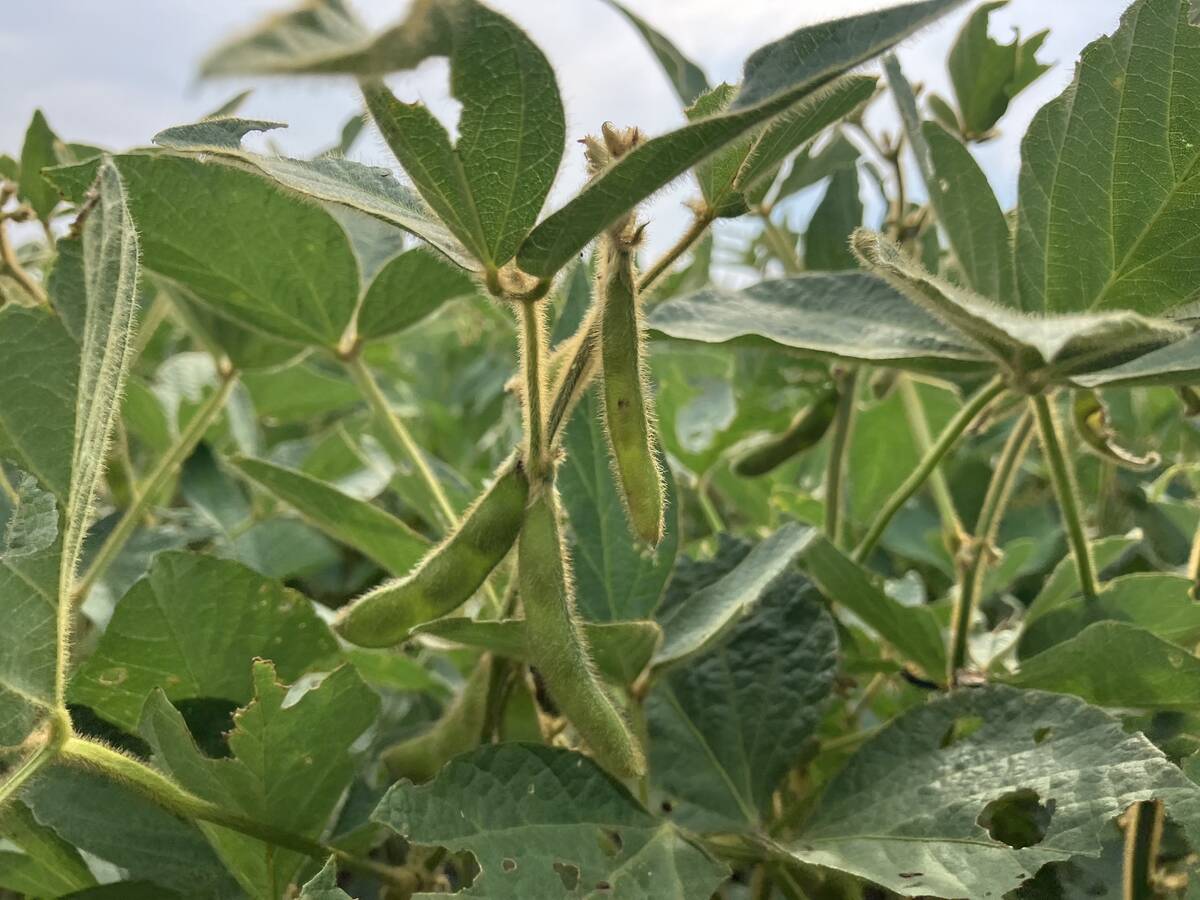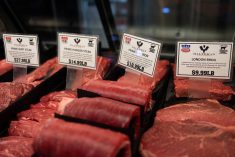A livestock inventory report released by Statistics Canada on Valentine’s Day was no treat for the nation’s livestock industry.
“It reported what everybody knew,” said Canadian Pork Council president Clare Schlegel.
“Farmers are cutting back activities to reduce their losses.”
According to the report, the national pig herd has declined by six percent from last year.
“In cattle it takes longer for producers to show their response to the current pricing problem, so look for big drops in that business in 2009,” Schlegel said.
Read Also

Soybean market still figuring out implications of China-U.S. pact
Soybean futures had a muted reaction to the U.S. trade deal with China as the market tries to figure out the nuances of the deal.
Western Canadian hog producers cut back more than their eastern counterparts.
In Alberta, the number of hogs declined 10.5 percent from January 2007. Saskatchewan cut its population 10.3 percent while Manitoba dropped 2.2 percent.
Ontario and Quebec producers reduced their herds by five and four percent respectively.
The large prairie reductions were the result of more Canadian weanling pigs fed in American barns and slaughtered in American packing plants, where costs of operation are lower.
Breeding sow reductions were limited to two percent across the country, except the Maritimes, where Schlegel suspects the industry may nearly close its commercial production this year.
Kevin Grier of the George Morris Centre think-tank in Guelph, Ont., said the numbers don’t fully reflect the depth of the cuts being made by producers, who are now losing more than $60 per hog.
“A new vaccine (for circovirus in pigs) is keeping animal (deaths) to a minimum in barns in Canada and the U.S.,” he said in an interview before the Statistics Canada report was released.
“So compared to 2007 we will probably have nearly as many Canadian pigs reaching market weight in 2008 as we did in 2007, despite fewer sows ….
A larger portion of Canadian pigs will reach that market weight in American barns than in the past.”
Florian Possberg of Big Sky Pork Farms in Humboldt, Sask., said the statistics do not reflect the heavy sow culling that took place in December and January after Statistics Canada conducted its survey in early December.
“Farmers are decommissioning barns because they haven’t got the equity to withstand 42 to 46 months of continuous losses. That’s where they are now,” he said.
Mark Ferguson of SaskPork agreed the report fails to reflect sow reductions because of survey timing and fears U.S. markets won’t respond appropriately as a result.
“Prices have rallied a bit for summer and fall and some producers have used it to lock in losses, so at least they know where they stand. But a report that accurately gauged the cuts that are going and will go on would have been more useful under the circumstances.”
The cattle herd fell by 1.5 percent nationally, but Alberta, where 40 percent of beef animals are located, dropped its inventory by two percent.
Like hogs, many younger cattle were shipped to the United States.
Beef cow populations fell only 10,000 head in Alberta or 0.5 percent and 5,500 in Saskatchewan or 0.3 percent.
Bill Jameson of JGL Livestock in Moose Jaw, Sask., said cattle inventories won’t fully show the herd reductions from cow culling until next January’s report.
As well, he said high feed costs and an appreciating Canadian dollar are creating loses of more than $200 per feeder calf, but those calves will be out of the system by late next year. Calves in 2008 will be priced appropriately, he added.
“Sitting on my chair every day, staring at the livestock complex, the dollar and feed, I don’t see an end to this,” he said.
“We will see even more animals headed south for finishing and lower prices for calves in the fall run. After that the number of cows in Canada will really begin to fall.”














